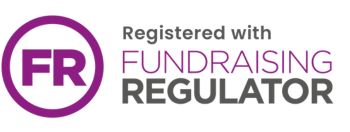The study of brain networks has important clinical applications. In a study published in the journal Brain, researchers found that analysing activity in the 'default mode network' (DMN) could indicate the level of awareness in patients with reduced consciousness.
Disorders of consciousness include coma, vegetative state, minimally-conscious state and locked-in syndrome. These conditions are defined by varying degrees of conscious awareness of the outside world, bodily sensations and pain. However, they are notoriously difficult to assess and several studies have reported high rates of misdiagnosis.
The DMN is a network of brain areas that is actually more active when we are at rest than when we are engaged in attention demanding tasks. It is a unique network for this reason, as other networks appear to increase their activity in response to task demands. It is thought that the DMN plays a role in broad information gathering and processing when there is no requirement for attention on a specific task (i.e. when you are resting). When focused attention is required this 'default' activity is reduced and task specific brain activity increases.
Vanhaudenhuyse et al. (2010) used functional magnetic resonance imaging (fMRI) to look at DMN activation in healthy controls and brain injured patients with different disorders of consciousness. They found that connections between brain regions in the DMN were weakest in coma patients. Vegetative state patients had slightly stronger connections than coma patients and minimally conscious patients had slightly stronger connections still. Interestingly, no significant difference was found between connections in healthy controls and locked-in syndrome. These results demonstrate that integrity of the DMN appears to reflect level of consciousness.
These findings could be used in conjunction with other neuroimaging techniques to further improve diagnosis of vegetative state, minimally conscious state and locked-in syndrome patients.
Reference
Vanhaudenhuyse, A., Noirhomme, Q., Tshibanda, L. J., Bruno, M., Boveroux, P., Schnakers, C., Soddu, A., Perlbarg, V., Ledoux, D., Brichant, J., Moonen, G., Maquet, P., Greicius, M. D., Laureys, S. & Boly, M. (2010). Default network connectivity
reflects the level of consciousness in noncommunicative brain-damaged patients.Brain, 133(1):161-171.










